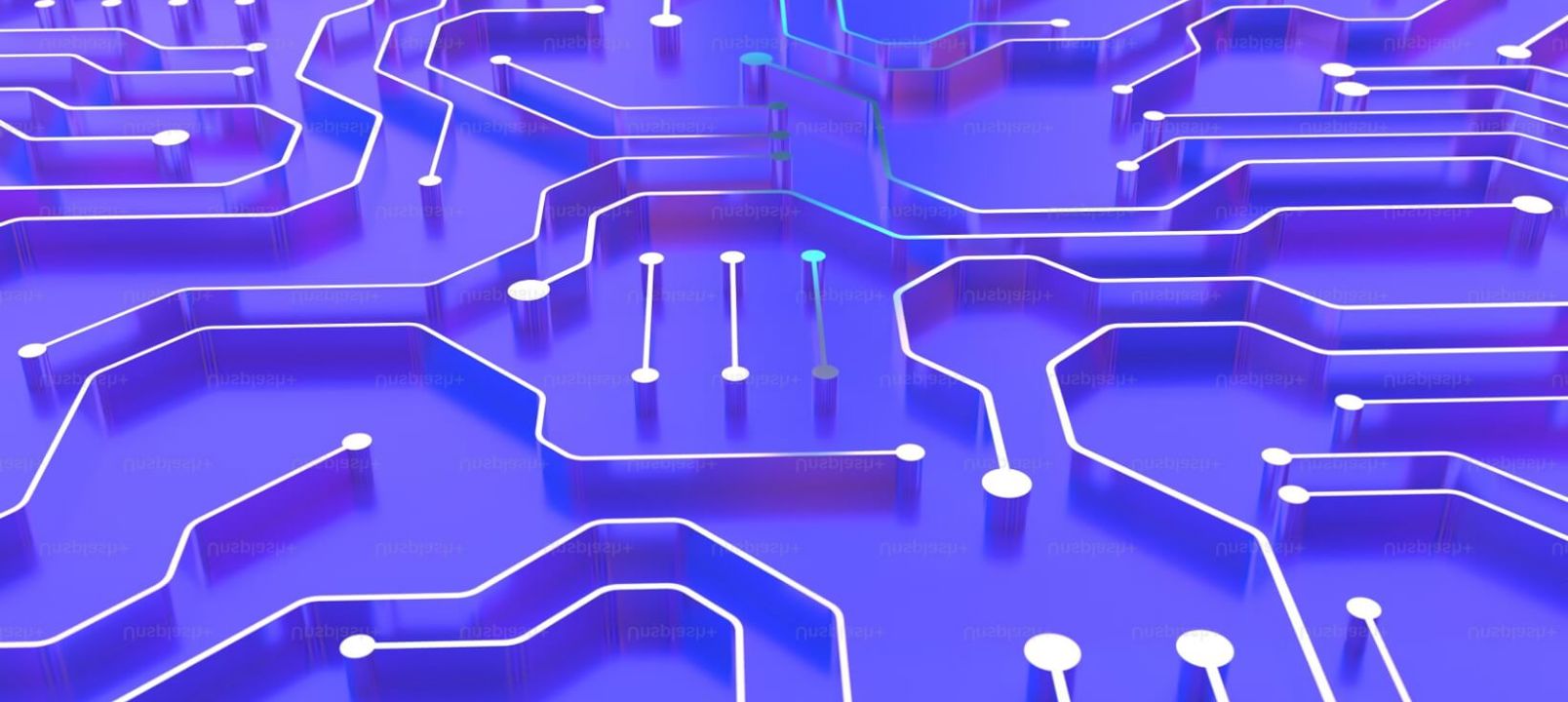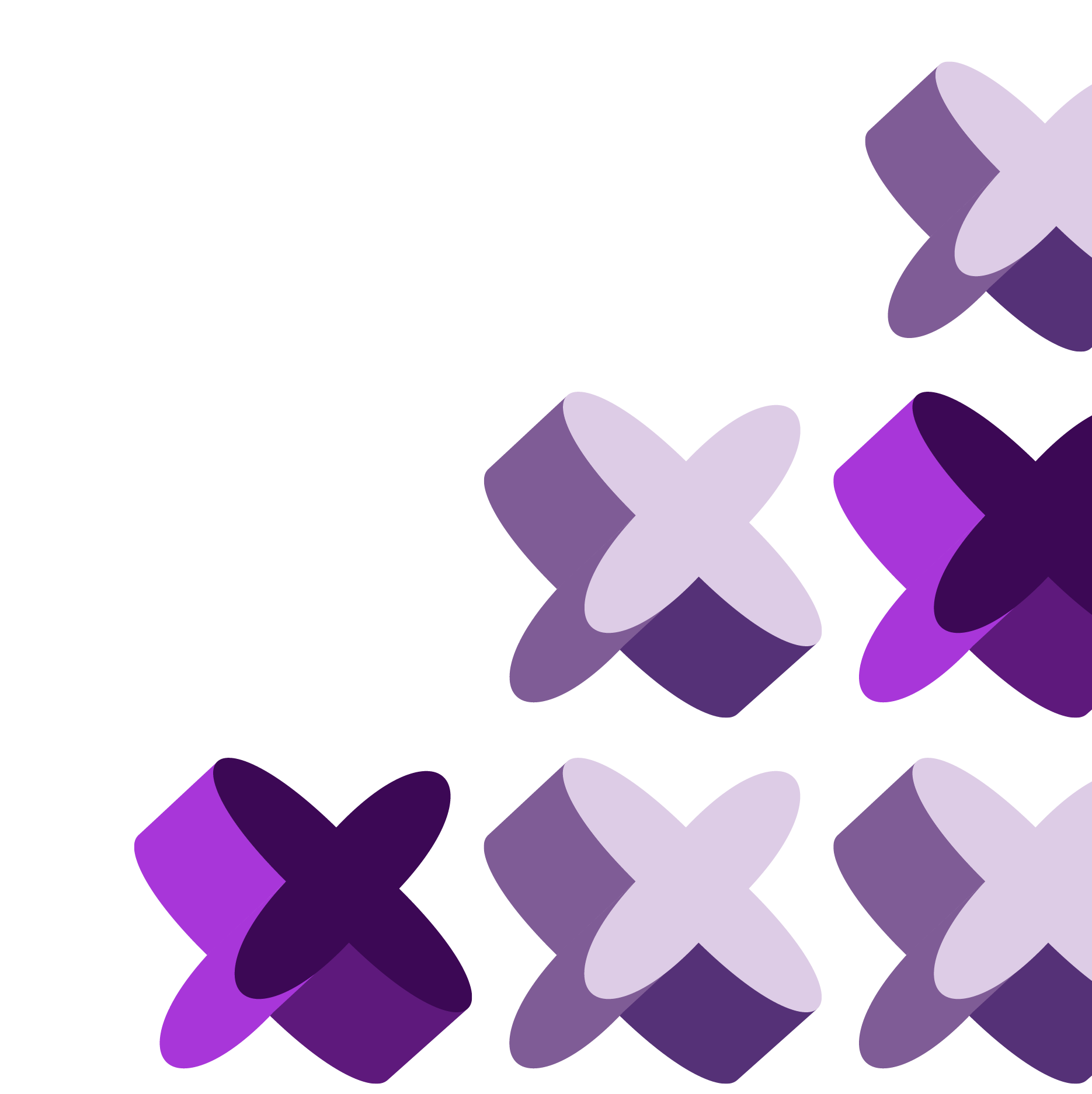Sales Incentives Loyalty Programs
The Complete Guide to Running a Successful Sales Rep Rewards Program

Creating a successful sales incentive program requires more than just handing out perks. It demands strategic planning, clear KPIs, and the right technology to engage, motivate, and reward frontline staff effectively.
With customer acquisition costs on the rise and competition intensifying across all sectors, brands and retailers face the dual challenge of driving growth while keeping their in-store teams inspired. This is where sales incentive programs can make a meaningful impact.
Incentive schemes that reward sales representatives for performance can transform store dynamics, increase product visibility, and drive measurable revenue uplift. But before diving into best practices, let’s establish the foundations.
What is a Sales Incentive Program?
A sales incentive program is a structured initiative designed to reward frontline staff for achieving specific business objectives, typically around selling, upselling, and promoting key products.
Sales reps play a pivotal role in these programs. As the direct link between brands and customers, they help educate consumers, communicate product benefits, and guide purchasing decisions. In return, they earn perks that boost motivation and performance.
Key Characteristics of Sales Incentive Programs
Sales incentive programs typically revolve around a triangular relationship:
Brand → Salesperson → Customer
Sales reps act as brand ambassadors on the shop floor, and their influence can be a key differentiator in a customer’s buying journey. These programs may also involve external partners—such as coffee shops, telcos, fashion brands, or energy providers—who provide redeemable rewards. This multi-party structure creates value across the ecosystem:
- Brands see improved sales and product engagement
- Retail staff feel recognized and rewarded
- Customers enjoy better service and informed choices
Types of Incentives
Points are the primary currency credited to salespeople who achieve specific milestones. These points can be exchanged for various rewards, following an “earn-and-burn” logic:
- Discounts: Sales reps can redeem points for percentage-based discounts at partner brands. These incentives provide instant gratification and drive program engagement.
- Cashback: Suppose a salesperson persuades a customer to purchase a wireless mouse and mouse pad. They might earn a €5 voucher usable for their next in-store purchase or at a partner brand.
- Exclusive Experiences: Experiential rewards are gaining popularity. These might include exclusive access to products, members-only events, or free concert tickets. The aim is to spark excitement and build a community.
Some incentive programs also use a tier-based structure that motivates participants to progress through different levels (e.g., Silver → Gold), unlocking enhanced benefits along the way.
How Sales Incentive Programs Differ from Traditional Loyalty Programs
You might wonder, “How do these programs differ from the loyalty programs brands offer to consumers?”
Here are a few key differences:
- Program Focus: Traditional consumer loyalty programs are usually points-based, focused on encouraging repeat purchases. Sales incentive programs focus on employee performance, driving upselling, cross-selling, and product visibility.
- Referrals: While referrals are a key tactic in customer loyalty strategies, they’re less common in sales rep incentive programs—though not entirely absent.
- Membership: Consumer loyalty programs like Starbucks or Sephora are free and easy to join. Incentive programs, on the other hand, are typically exclusive to employees or retail staff enrolled by the sponsoring brand.
- Data Gathering: These programs collect performance-based data, such as number of units sold or campaigns executed, rather than transactional or behavioral customer data.
Measuring the Success of a Sales Incentive Program
As with any initiative, the success of a sales incentive program should be measured using clear KPIs:
- Net Promoter Score (NPS): Useful for capturing staff satisfaction with the program and how likely they are to recommend it to peers.
- Monthly Recurring Revenue (MRR): Shows whether the program contributes to consistent growth in sales.
- Annual Recurring Revenue (ARR): Offers a longer-term view of the program’s impact.
- Sales Rep Lifetime Value: A parallel to CLV, this metric calculates the long-term value a representative brings through improved performance.
- Return on Investment (ROI): Measures whether the benefits from increased sales and engagement outweigh the program’s costs.
Sales Incentive Program Case Studies
Several companies have successfully leveraged sales incentive programs to great effect.
Subway, the American fast-food franchise, launched “Rewarding Champions,” a program aimed at enhancing in-store experiences. Initially tested in 47 stores in the UK, the program boosted the mystery shopper score from 86% to 96%!
Lenovo's Leap Program is another excellent example. It offers a dual system where partners can “Learn & Earn” and “Sell & Earn” points, which can be redeemed for cash rewards, gift cards, or prepaid Mastercards. This initiative helped Lenovo exceed its targets by more than 40%.
American Express also shines with its referral-based loyalty program, “American Express Partners Plus,” which deepened its engagement with partners.
Neutrogena, part of Johnson & Johnson, introduced the Neutrogena Bonus Club to motivate pharmacy staff and increase product sales. The mobile web app included gamification and rewarded employees with Edenred perks for meeting quarterly targets, even in low-connectivity locations. Within six months, over 100 pharmacies joined and revenue grew by 4.5%. Read the full case study.
Future Trends in Sales Incentive Programs
Sales incentive programs are becoming smarter and more personalized. AI, automation, and data analytics now make it possible to target the right reps with the right rewards, track performance in real time, and adjust campaigns based on actual results. At the same time, the human element remains vital. Programs that emphasize community, recognition, and shared purpose will continue to foster stronger engagement and long-term loyalty among frontline teams. Combining intelligent tools with meaningful experiences is what sets high-performing programs apart.

